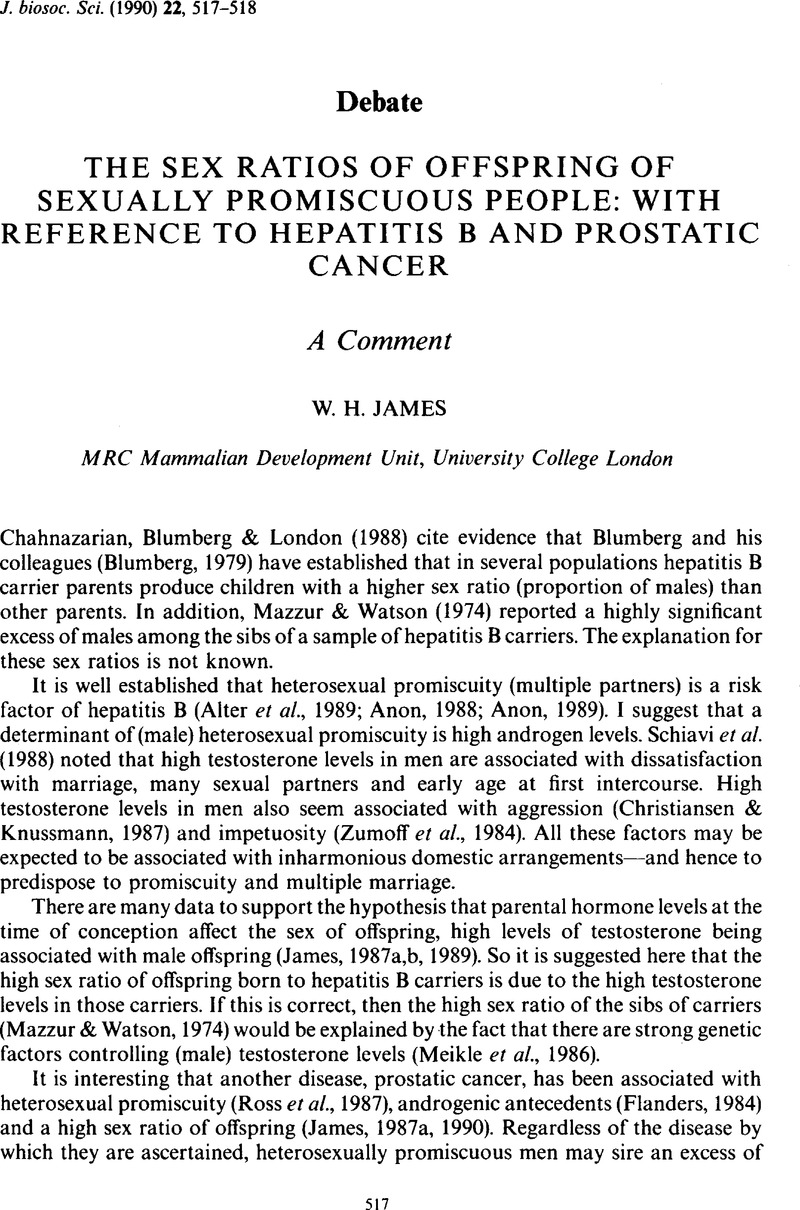Crossref Citations
This article has been cited by the following publications. This list is generated based on data provided by Crossref.
HURST, LAURENCE D.
1993.
THE INCIDENCES. MECHANISMS AND EVOLUTION OF CYTOPLASMIC SEX RATIO DISTORTERS IN ANIMALS.
Biological Reviews,
Vol. 68,
Issue. 1,
p.
121.
James, William H.
1993.
Continuing confusion.
Nature,
Vol. 365,
Issue. 6441,
p.
8.
Chacon‐Puignau, Grace Cristina
and
Jaffe, Klaus
1996.
Sex ratio at birth deviations in modern Venezuela: The Trivers‐Willard effect.
Biodemography and Social Biology,
Vol. 43,
Issue. 3-4,
p.
257.





